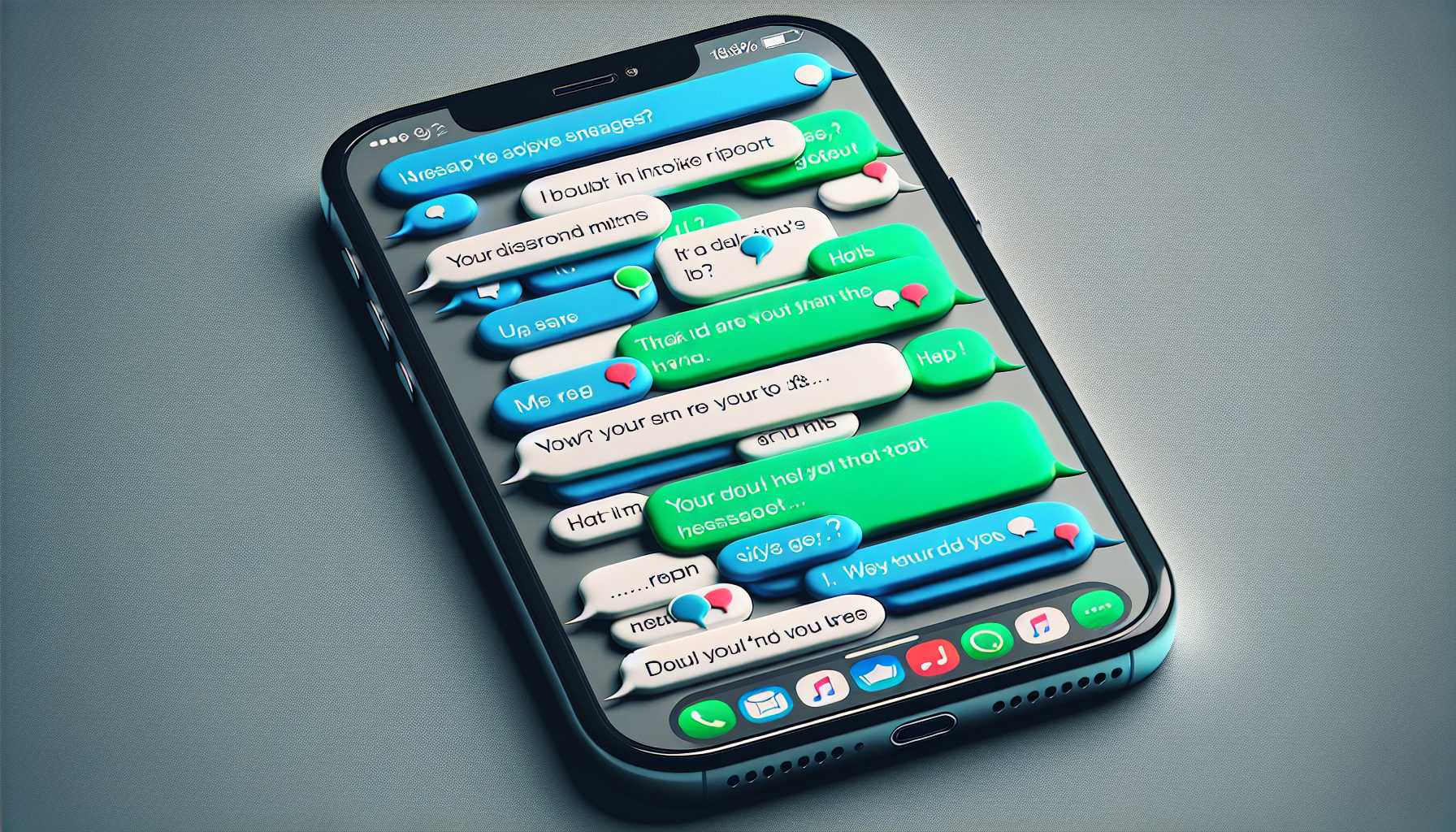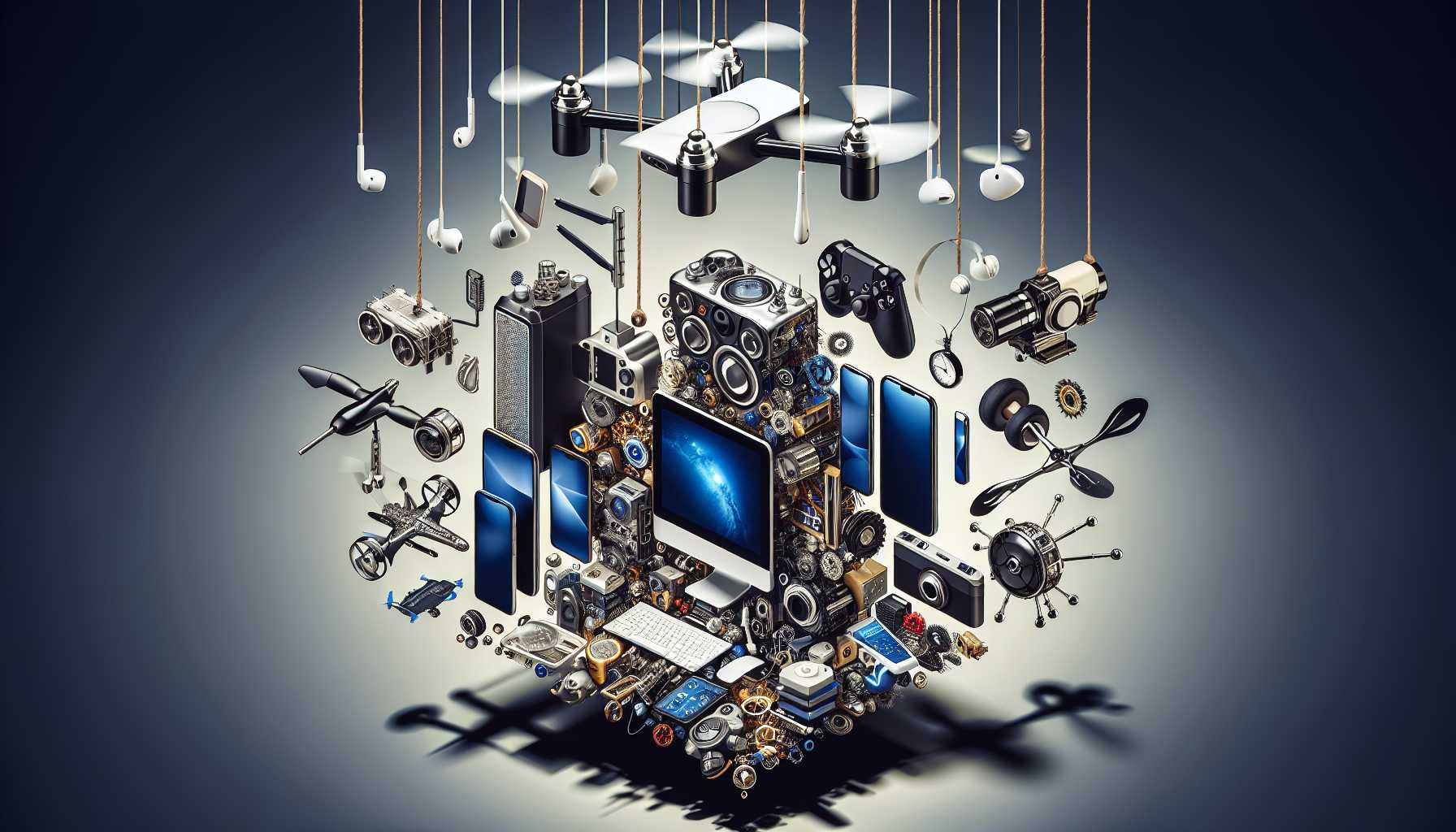The Repair Reformation: Microsoft’s Surface Evolution
In a world where disposable culture and planned obsolescence seem to rule the roost, Microsoft is flipping the script and pioneering a revolution that has pragmatists and environmentalists alike tipping their hats. The tech behemoth is rolling out its new Surface Pro 10 and Surface Laptop 6 with a twist—a focus on serviceability illuminated by the addition of QR codes on their inner components. With my tech-savvy glasses on, I just can’t help but marvel at the ingenuity; it’s like having a treasure map to every nook and cranny of your device, guiding you through the service jungles with ease.
Microsoft’s strategic move is no random act. It’s a conscientious response to earlier criticism, tagging back to when iFixit infamously painted the original Surface Laptop as a “glue-filled monster.” Fast-forward to today, and Microsoft not only collaborates with iFixit for official repair tools but also proudly boasts the most serviceable Surface devices yet. My verdict? A smart play in sustainable tech’s court that not only soothes the eco-conscious spirit but potentially empowers users with a sense of autonomy over their gadgets.
Google’s Sentence-Finishing Sorcery in Smart Compose
Heads up, fellow wordsmiths and email aficionados! Google, in its infinite wisdom, is sneakily slipping into our cognitive processes with its Smart Compose feature. As I pen down these very lines, the tech giant strives to predict and autocomplete my sentences in Google Docs and Gmail, like a virtual peek into my thoughts. Now, I must confess, while the promise of accelerated prose through machine-provided suggestions tickles the efficiency geek in me, the ever-looming virtual specter waiting to “assist” can certainly dampen the creative flame. There’s a certain robotic intrusion to the organic flow of thoughts—a somewhat unnerving reminder of our symbiosis with AI.
But fear not, for there is a proverbial escape hatch. Both Google Docs and Gmail grant you the superpower to turn off this predictive text functionality, freeing you from the digital clairvoyant’s clutches, should you choose. And therein lies the paradox of our age: technology that simultaneously accelerates and encroaches upon our human essence.
Alphabet Ascending: Analysts’ Bullish Take on Google’s Outlook
Ah, the intrigues of the stock market—where analysts peer into their crystal balls and transcribe the fates of tech titans. Wedbush analysts are gazing favorably upon Alphabet (GOOGL), predicting it will outshine its big-cap tech siblings in the fiscal matchup. The stage is set with an uptick in Google stock and a potential Apple deal on the horizon regarding Google’s “Gemini” AI training model.
In this high-stakes digital coliseum, it’s crucial to appreciate the multilayered chessboard. Alphabet is not merely about search engines; it’s a complex ecosystem, with generative AI and a treasure trove of data as its pawns. And while trading nuances might escape the grasp of us mere mortals, one thing remains clear: Alphabet’s strategic positioning paints a picture of enduring resilience and potential prosperity in the digital era.
The Green Bubble Dilemma: DOJ Highlights Apple’s Messaging Monopoly
Dive into the Apple device ecosystem, and you’ll notice a curious phenomenon—the green bubble stigma in messages, signalling the presence of a non-iPhone user amidst blue bubble Apple loyalists. It seems frivolous, the hue of a message bubble, yet it conceals an underlying stratagem in Apple’s masterful grip on communication dynamics.
A recent DOJ lawsuit against Apple has unearthed this peculiar quirk as part of broader antitrust allegations. The green bubble, you see, not only represents feature discrepancies but also underscores the tech giant’s reluctance to play nicely with Android, fostering what some might call a ‘walled garden’ messaging monopoly. Apple’s opportunity to remedy this with iMessage for Android is a likely beacon for avid communicators and competitors alike. It’s a pivotal step that could dissolve archaic barriers, harmonize cross-platform dialogue, and ultimately erode the ‘green bubble blues’—that subtle yet palpable digital segregation.
The Battle of Gaming Mice: Choosing Your Digital Excalibur
Gamers, unite and heed these words! The quest for the Holy Grail of gaming—a high-caliber mouse that transcends ordinary plastic clickers—is an odyssey that demands meticulous discernment. Comfort, DPI, and a delicate balance between wired and wireless virtues are but a few of the sacred criteria in the pantheon of gaming peripherals. No warrior enters the battleground ill-equipped, and thus, a gaming mouse is an extension of one’s digital avatar. From programmable buttons to the subtlety of the grip, each nuanced feature is a fraction of the mastery wielded in virtual realms. True victory lies not in mere button mashing but in the seamless symbiosis between gamer and gadget.
Conclusion: The Tech Pendulum Swings
From Microsoft’s reparability renaissance and Google’s autocomplete alchemy to Alphabet’s market musings and Apple’s messaging moat—the technological landscape is an ever-shifting kaleidoscope. As a tech aficionado and observer, I find that the thrill lies in dissecting each nuance, humor in the human-computer pas de deux, and marvel in the rapid cadence of innovation. For it is in this relentless pursuit of progress that we authors of the digital age inscribe our legacies upon silicon and software.






